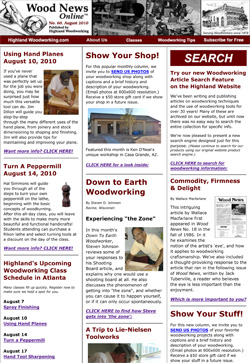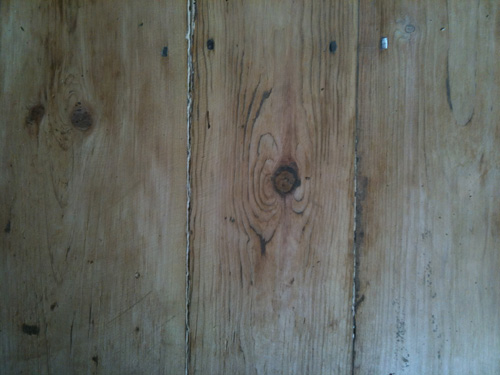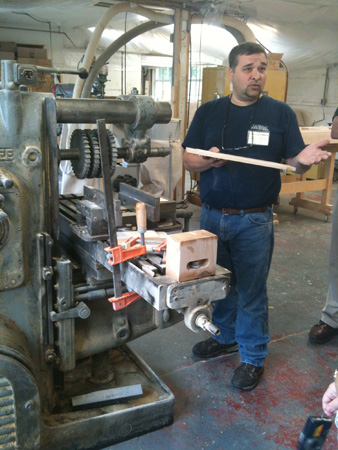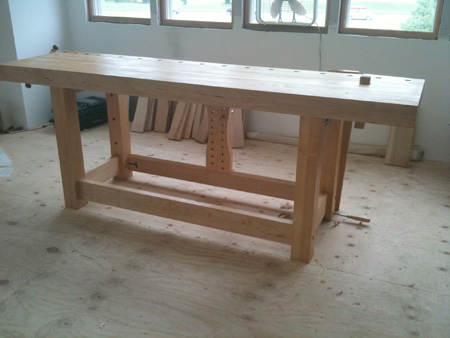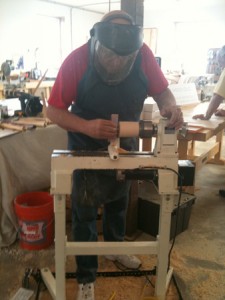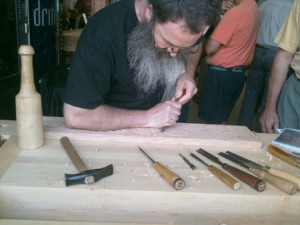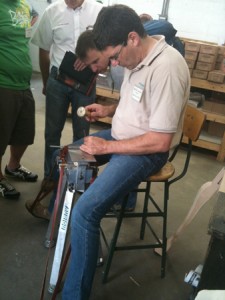Alright, Highland Woodworking fans – I have a confession to make. I don’t know very much about woodworking. Before you send emails in complaining about how a complete novice is writing on a blog about woodworking, let me explain myself a bit.
I grew up surrounded by woodworking and hardware. I am only older than Highland Woodworking (nee Hardware) by two years, and so I spent my childhood running through the aisles, drawing in the coloring books (i.e. the scroll saw pattern books – I think I only did this once actually, before being told what was what) and reading my comic books in the space under the wood rack. I was good friends with the staff of Highland Woodworking by the time I was 10 (and two of those good friends, Phil Colson and Sidney Dew are still at Highland!) and I was ringing up customers by the time I was 12. The summer before college I worked in the shipping department, packing up boxes to send out woodworking tools to all of you, our fine customers.
For some reason though, I never picked up woodworking. It’s a shame really, given that I was surrounded by everything I would have needed, living amidst every woodworker’s dream tool collection. Over the years since graduating college I’ve picked up knitting and gardening, and I love to cook and have even dabbled in quilting. All this to say that I do like doing things myself, and creating things with my hands. Woodworking is clearly the next logical step in the progression, and when I came back to work at Highland, I was even more inspired to jump in where I had chosen never to jump before.
So now I’m asking the question that a lot of people ask – how does one get into woodworking? I have a lot of folks around me who are quite well educated in this topic, and I’m hoping to spend the next couple of months not only finding the answers for how to get myself started in woodworking, but how to help anyone else get started too. I’ll be researching and posting resources, tool-buying ideas, and reports from my own woodworking efforts as I learn. For those of you who have been through all of this before, I would very much value your feedback, ideas and tips. For those of you in the same position as me, I hope this will be helpful for you! Maybe we can form a support group of novice woodworkers trying to break into this exciting field that is filled with so many impressive experts.
So to get started, one consistent answer I’ve gotten from everyone about how to get started is to read woodworking websites, join forums, and try to start absorbing the mountains of information available. Do you have any favorite websites you read on a regular basis? If so, please share them in the comments – I’d love to check them out!

